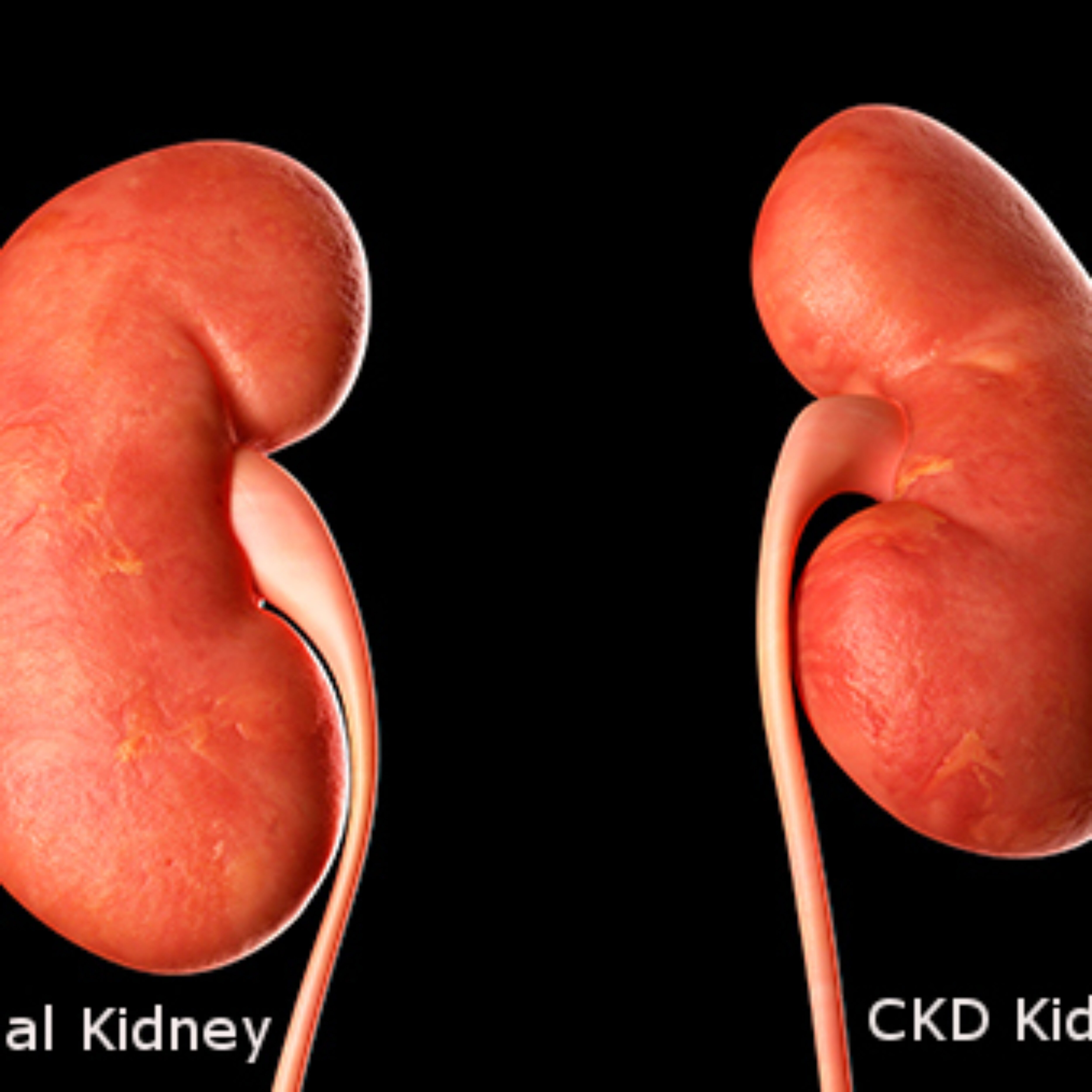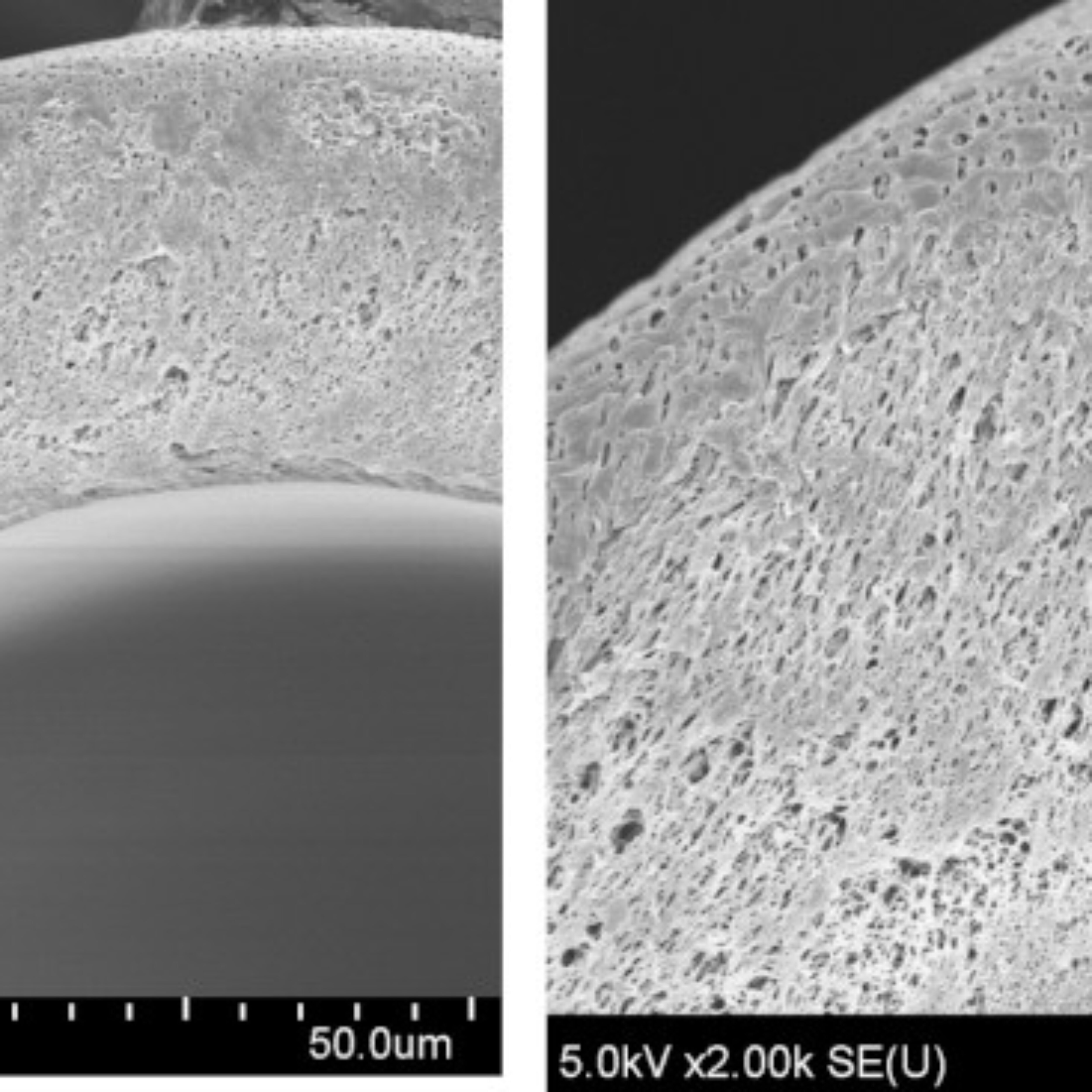In the realm of kidney health, a groundbreaking treatment has been revolutionizing the lives of patients: peritoneal dialysis. With its unique approach and transformative benefits, peritoneal dialysis offers an alternative to traditional hemodialysis, empowering individuals to regain control over their health and embrace a more fulfilling life. In this article, we delve into the world of peritoneal dialysis, exploring its mechanisms, advantages, and the life-changing impact it has on patients.
What is Peritoneal Dialysis: Peritoneal dialysis is a form of dialysis that utilizes the peritoneal membrane, a thin and naturally occurring membrane in the abdomen, to filter waste and excess fluids from the body. But in hemodialysis, which requires regular visits to a dialysis center, peritoneal dialysis can be performed at home, providing individuals with greater flexibility and independence in managing their treatment.
The Process of Peritoneal Dialysis: The process of peritoneal dialysis involves the infusion of a sterile solution, known as dialysate, into the peritoneal cavity through a catheter. The dialysate absorbs waste products and toxins from the bloodstream as it dwells within the cavity. After a specific dwell time, the used dialysate is drained out, taking the accumulated waste with it.
The Advantages of Peritoneal Dialysis over Hemodialysis:
Lifestyle Freedom: Peritoneal dialysis provides individuals with the flexibility to perform their treatment at home, eliminating the need for frequent trips to a dialysis center. This freedom allows patients to maintain their work, family, and social commitments while undergoing treatment.
Enhanced Quality of Life: By avoiding the constraints of traditional hemodialysis, peritoneal dialysis enables patients to experience fewer dietary restrictions and a more liberal fluid intake, contributing to a better quality of life and increased overall well-being.
Improved Residual Kidney Function: Peritoneal dialysis has been associated with preserving residual kidney function to a greater extent than hemodialysis. This preservation of kidney function can result in better health outcomes and a reduced risk of complications.
Lower Cardiovascular Stress: Peritoneal dialysis offers cardiovascular benefits that make it an attractive option for individuals with kidney disease. Unlike hemodialysis, which involves rapid blood filtration through an external machine, peritoneal dialysis utilizes the body’s own peritoneal membrane. This gentler process places less stress on the cardiovascular system, benefiting patients with pre-existing cardiovascular conditions and promoting better heart health overall.
The Disadvantage of Peritoneal Dialysis over Hemodialysis:
Infection Risk: One of the significant disadvantages of peritoneal dialysis is the risk of infection. Since the dialysis process involves accessing the peritoneal cavity through a catheter, there is a potential for bacteria to enter and cause peritonitis, an infection of the peritoneal membrane. Although strict adherence to sterile techniques and regular monitoring can mitigate this risk, it remains a crucial consideration in peritoneal dialysis.
Lifestyle Limitations:Peritoneal dialysis, unlike hemodialysis, requires regular exchanges of dialysate fluid throughout the day. This process can limit certain activities and require patients to plan their daily routines accordingly. The need for a sterile environment and the time commitment involved in performing exchanges may pose challenges for individuals with busy schedules or those who prefer a more spontaneous lifestyle.
Peritoneal Membrane Changes: Over time, the peritoneal membrane may undergo changes as a result of peritoneal dialysis. These changes can include thickening or scarring of the membrane, leading to decreased effectiveness of dialysis and potential complications. Regular monitoring by healthcare professionals is necessary to assess the integrity of the peritoneal membrane and make adjustments to the treatment plan as needed.
Fluid Imbalance and Weight Gain: Peritoneal dialysis involves the introduction of dialysate fluid into the peritoneal cavity, which absorbs waste products and excess fluids from the bloodstream. However, effectively removing the fluid can be challenging for some patients, leading to fluid imbalance and weight gain. Careful monitoring of fluid intake and output, as well as adherence to dietary restrictions, is essential to maintain fluid balance and prevent complications.
Storage and Supplies: Another aspect to consider with peritoneal dialysis is the storage and availability of supplies. Patients need to have sufficient storage space for dialysate bags, supplies, and equipment. Additionally, ensuring a consistent supply of the necessary items is crucial for uninterrupted treatment. Organizational skills and proactive management of supplies are vital to avoid any logistical challenges.



